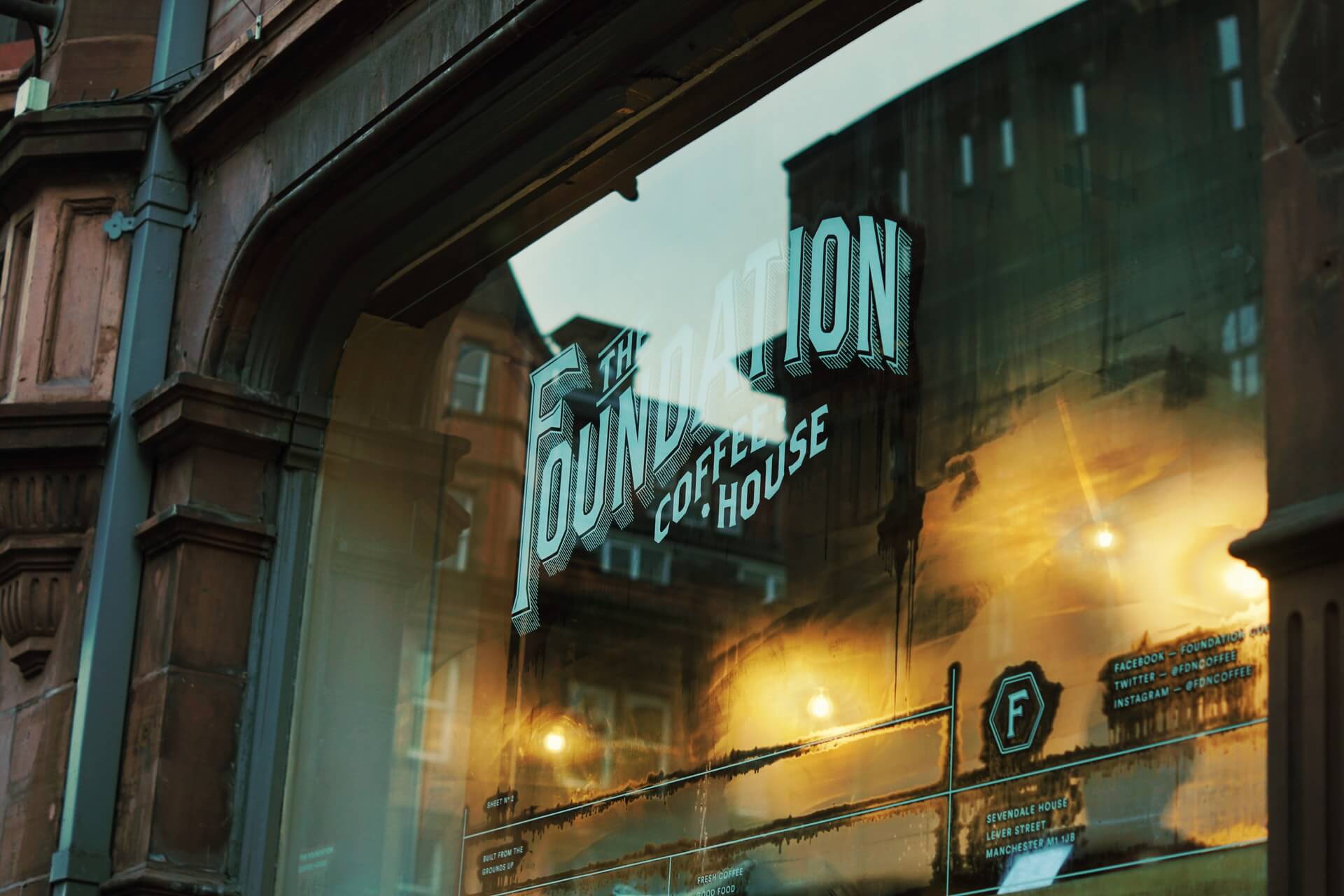Do you wonder why logo design is expensive? Continue reading this article for an explanation!
Logos are the source of identification for any business. A well-designed logo demands hours sometimes days to complete. A logo must always be unforgettable. Companies must avoid low-priced logo designs.
Such logos demonstrate no understanding of your business. Usually, impressive logo designs are luxurious. Huge companies pay more than a million dollars for the creation of their logos.
Quick Jumps
8 Reasons Logo Design Is Expensive
To illustrate, Pepsi compensated The Arnell Group $1,000,000 for redesigning their logo. The following are the clarification of why logo design is expensive.
1. Brainstorming and Research

Brainstorming and research are the creative approaches that can help to develop a marvelous idea for a business. They can provide permanent solutions to the identified problems.
Researching is an excellent source of brainstorming. To formulate a logo, more than 80% of work depends on these two factors. The key reason behind an expensive logo is that a logo necessitates in-depth brainstorming and investigation.
The amount of time required for brainstorming and researching depends on how professional your logo designer is. A logo designer is obligated to conduct discovery sessions.
These sessions include visiting the clients to obtain as much information as possible for the project brief. Each visit to the client can be extremely time-consuming and costly. The logo designer must identify the accurate scope of the business.
Additionally, a logo designer has to investigate the competitors when designing a logo. All of the steps insist on a considerable amount of time and effort.
2. Creating a Foundation

It is an incredible approach to create a robust foundation of the business requirements and needs before designing a logo.
A logo designer creates this foundation by gathering heaps of information from the business owners and the industry.
After obtaining all the requirements, a logo designer needs to generate the designing idea while keeping all the business desires. The real cost here is creativity. A designer makes sure to come up with a rare and unique idea each time.
3. Selecting the Right Principles for the Logo

For effective logo design, a designer must consider the principles of the logo. Using these principles in a logo accurately can help a business to communicate with its audience rapidly.
Lines, colors, texture, shapes, typeface, style, etc. must be kept in mind while designing a logo. A precise typeface and style can lift the appearance of your logo. A logo designer analyzes the following:
- Simplicity
- Originality
- Versatility
- Adaptability
- Scalability.
4. Making a Presentation 
A victorious logo always carries a story behind it. No successful logo is impressive without a description. A designer takes some time to create a story behind the logo to convey to the clients.
This story must be convincing and robust enough to gain trust. The presentation by a professional logo design portrays each aspect of your business. It depicts a designer’s understanding of the problem and the alternative solution to that problem.
The chosen principles of the logo design must be a part of the presentation. Designers struggle to craft a magical presentation to impress the client.
5. Conducting Meetings with the Clients
Every meeting counts during the process of logo designing. To pitch the design, a designer conducts another meeting with the clients to convey his thoughts and understanding using the presentation created.
Some businesses are unsure regarding their requirements. Dealing with such clients can be long-standing since an expert logo designer never moves ahead without the client’s approval.
Redesigning the presentation or polishing idea can occur in such cases. A logo designer might have to start again from the brainstorming process if the client is not entirely satisfied. Starting from scratch can lead to mocking the logo design once again.
6. Formulate the First Draft

Drafting is the groundwork of the logo design. It begins the implementation process for your logo. A logo designer formulates the first version of the logo design according to the discussed requirements and needs.
He/she sends a rough sketch to the client for a revision. A logo design can be expensive because a client can inquire about performing multiple changes without needing them.
These revisions can have a minor or significant impact on the design of the logo. A designer might have to redesign the logo. A logo designer must refine all the amendments and modifications according to the client’s desires.
7. Create a Social Media Kit for the Client

A social media kit is a complete digital package, which contains relevant information regarding a business. A client might or might not request this kit from the logo designer. Business cards, posters, envelopes, etc. are a part of the social media kit.
This kit includes different sizes of a logo design that might be suitable for each platform of social media. Designing this kit can be a work at an intense level for the logo designers.
8. Deliver to Clients

Delivering on time can be complicated for some logo designers, especially when it involves masses of research and revisions. Many designers will perform a quality assurance check on the final product before delivering it to the clients.
Furthermore, a logo designer also ensures that the outcome is in a valid format. Creating a logo in a specific format and then converting it into another format can sometimes be challenging.
Conclusion
A logo is a symbolic icon used to acknowledge the brand. The process of personalized designing can be controversial. Some individuals argue on the charges of a customized logo.
It is significant to be acquainted with the fact that a ton of designers put their hearts and mind into the creation of the logo. They put a lot of time and effort for the satisfaction of their clients.
A logo dictates a decent amount of brainstorming to generate a rare idea. The charges a designer makes align with the amount of work he/she does for clients.


